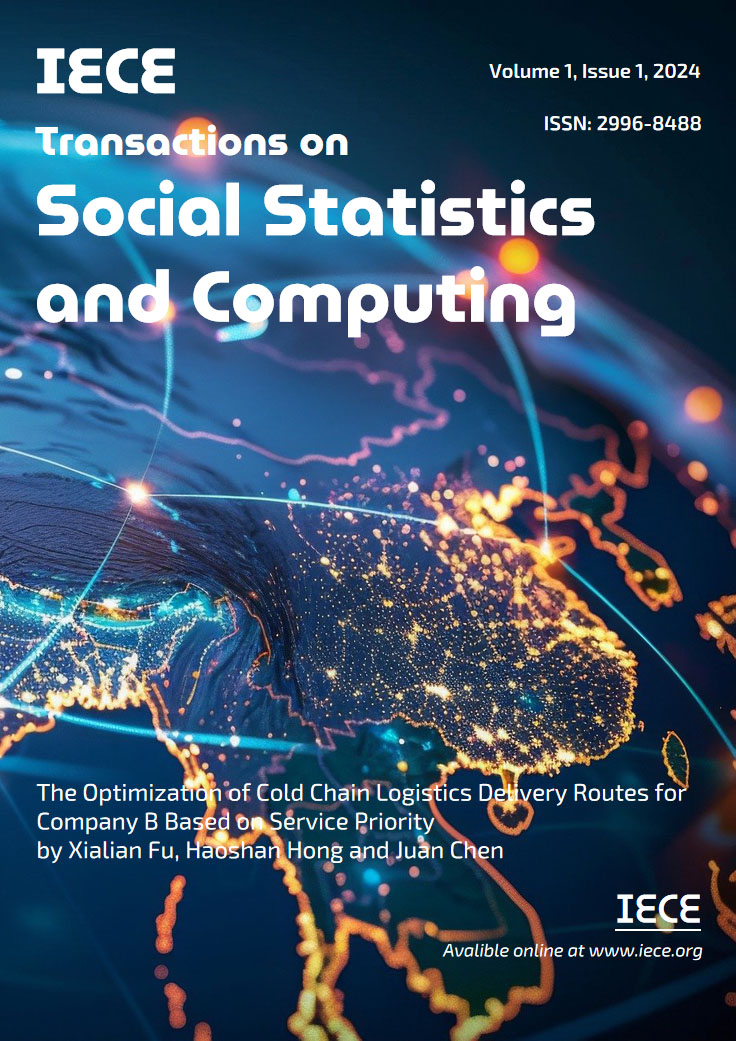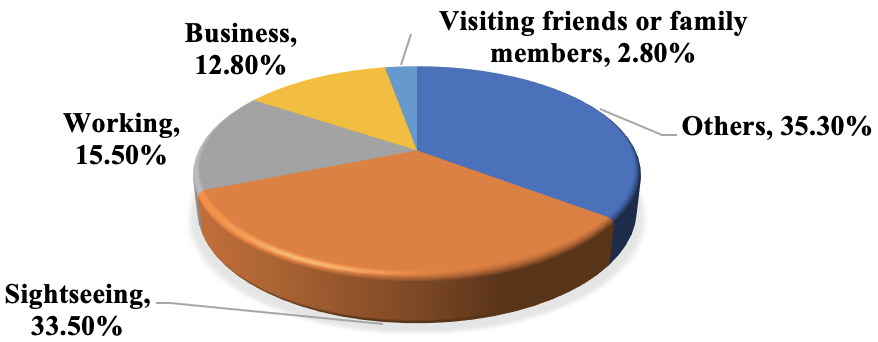IECE Transactions on Social Statistics and Computing
ISSN: 2996-8488 (Online)
Email: [email protected];[email protected];[email protected]


 Submit Manuscript
Edit a Special Issue
Submit Manuscript
Edit a Special Issue

[1] Xinhua. (2020). Chinese tourists make over 6 bln domestic trips in 2019. http://www.xinhuanet.com/english/2020-03/10/c_138863602.htm
[2] ICOMOS, W. (1993). Cultural tourism–tourism at world heritage sites: The site manager’s handbook.
[3] Stebbins, R. A. (1996). Cultural tourism as serious leisure. Annals of Tourism Research.
[4] Nyaupane, G. P., White, D. D., & Budruk, M. (2006). Motive-based tourist market segmentation: An application to native American cultural heritage sites in Arizona, USA. Journal of Heritage Tourism, 1(2), 81-99.
[5] Richards, G. (1996). Production and consumption of European cultural tourism. Annals of Tourism Research, 23(2), 261-283.
[6] McKercher, B. (2002). Towards a classification of cultural tourists. International Journal of Tourism Research, 4(1), 29-38.
[7] McKercher, B., & Du Cros, H. (2002). Cultural tourism: The partnership between tourism and cultural heritage management. Routledge.
[8] McKercher, B., & Du Cros, H. (2003). Testing a cultural tourism typology. International Journal of Tourism Research, 5(1), 45-58.
[9] McKercher, B., Ho, P. S., Cros, H. D., & So-Ming, B. C. (2002). Activities-based segmentation of the cultural tourism market. Journal of Travel & Tourism Marketing, 12(1), 23-46.
[10] McKercher, B., Mei, W. S., & Tse, T. S. (2006). Are short duration cultural festivals tourist attractions?. Journal of Sustainable Tourism, 14(1), 55-66.
[11] Mühlbacher, H., & Botschen, G. (1988). The use of trade-off analysis for the design of holiday travel packages. Journal of Business Research, 17(2), 117-131.
[12] Nguyen, T. H. H., & Cheung, C. (2014). The classification of heritage tourists: A case of Hue city, Vietnam. Journal of Heritage Tourism, 9(1), 35-50.
[13] Nyaupane, G. P., White, D. D., & Budruk, M. (2006). Motive-based tourist market segmentation: An application to native American cultural heritage sites in Arizona, USA. Journal of Heritage Tourism, 1(2), 81-99.
IECE Transactions on Social Statistics and Computing
ISSN: 2996-8488 (Online)
Email: [email protected];[email protected];[email protected]

Portico
All published articles are preserved here permanently:
https://www.portico.org/publishers/iece/